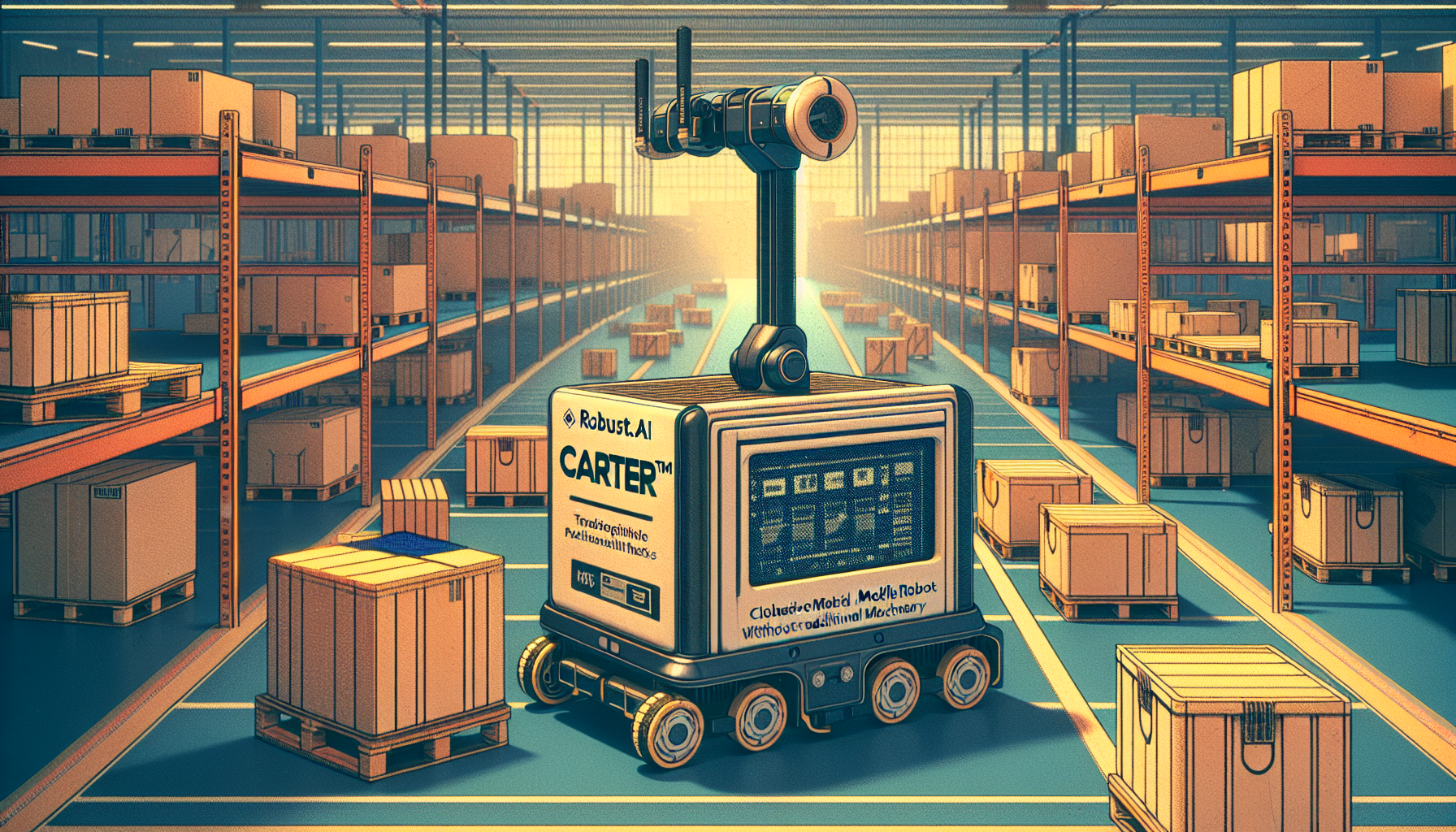Robust.AI is reshaping the way warehouses work through its Carter™ collaborative mobile robot, now redesigned to do far more than ever before. Once a basic assistant, Carter has become a versatile platform that adapts to many warehouse tasks—all without the need for separate machines or complicated installations.
A New Era for Warehouse Robots
With its latest upgrades, Carter can now handle several key jobs that once required different devices. It can help fill orders, move items from place to place, and even sort products as they arrive or leave the warehouse. All of these activities are managed within a single, unified system. This makes Carter incredibly flexible—warehouses can add new functions just by updating software, rather than buying more hardware.
Collaboration at the Heart
Robust.AI was founded in 2019 by robotics expert Rodney Brooks and CEO Anthony Jules, who both believe robots should support people, not replace them. The company’s design is guided by a strong belief in human-robot teamwork.
Anthony Jules says, “Carter is designed to be intuitive and responsive, enabling effortless human interaction.” The robot’s interface is built with this in mind. Instead of relying on complex controls, Carter features a force-sensitive handle that lets workers easily push, guide, and position the cart—just as they would with a traditional cart, but with the help of advanced technology. For this breakthrough, Carter received the 2025 RBR50 Robotics Innovation Award, honoring its focus on making robotics accessible and helpful for human workers.
Adapting to Many Tasks
The upgraded Carter can quickly shift between different roles inside a warehouse, such as:
- Mobile sorting wall: Carter uses built-in screens and lighting to guide staff in sorting and organizing items for shipment, removing the need for expensive, dedicated sorting machines.
- Flexible picking and putaway: The robot can manage both picking orders and putting items back into storage, streamlining the movement of goods without disrupting ongoing operations.
- Software-driven adaptation: Carter receives updates that unlock new functions, so it evolves to meet changing warehouse demands—no new gadgets or hardware are required.
Warehouses using Carter have seen productivity soar by more than 60%. This is mainly due to reduced walking and waiting, as Carter can handle several tasks in parallel, making operations smoother and faster.
Making Robots Accessible and Affordable
Robust.AI is making advanced automation more available through a Robotics-as-a-Service (RaaS) business model. Instead of paying large upfront fees, customers pay according to the performance Carter delivers. This flexible approach helps businesses adopt robotics without heavy investment, especially at a time when hiring and retaining warehouse workers is tougher than ever.
The RaaS approach allows companies to scale up or down as needed, ensuring they only pay for the robotic support required. This is a key advantage as warehouses rush to keep up with the growth of e-commerce and shifting supply chain demands.
Looking Ahead
Based in San Carlos, Robust.AI continues to invest in the future of warehouse automation. The company is set to display Carter’s new capabilities at the RBR50 Gala during the 2025 Robotics Summit & Expo in Boston, offering a glimpse into how human-centered design can create safer, more efficient warehouses.
Fresh investment and successful partnerships, such as collaborations with DHL Supply Chain, underscore Robust.AI’s momentum. The company sees Carter not just as a robot, but as “mobile infrastructure”—a foundation for flexible, modern supply chains.
With these advancements, Robust.AI and Carter are leading the way toward a future where robotics, guided by respect for human work, bring efficiency and adaptability to warehouses everywhere.

Leave a Reply